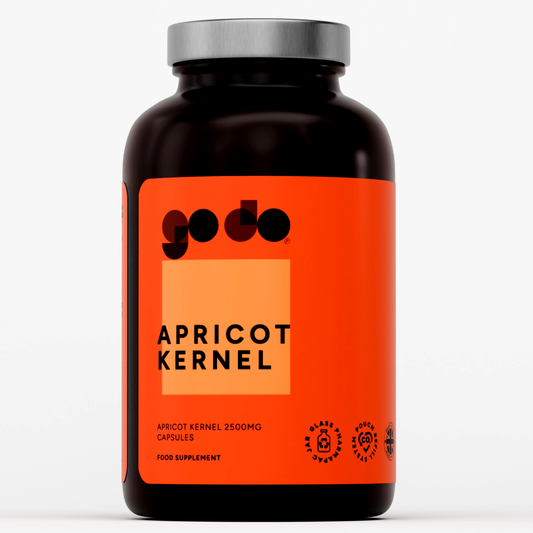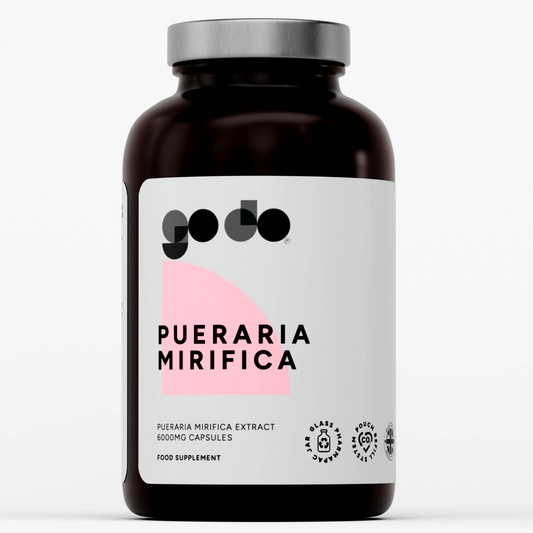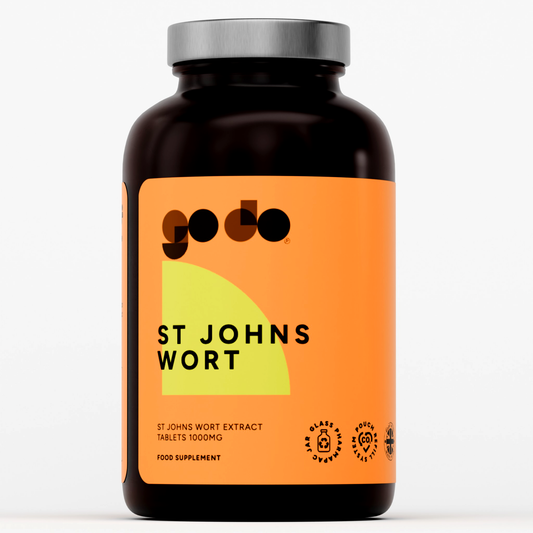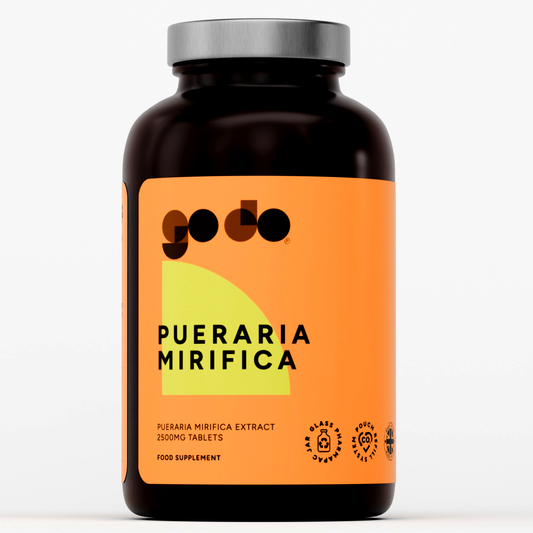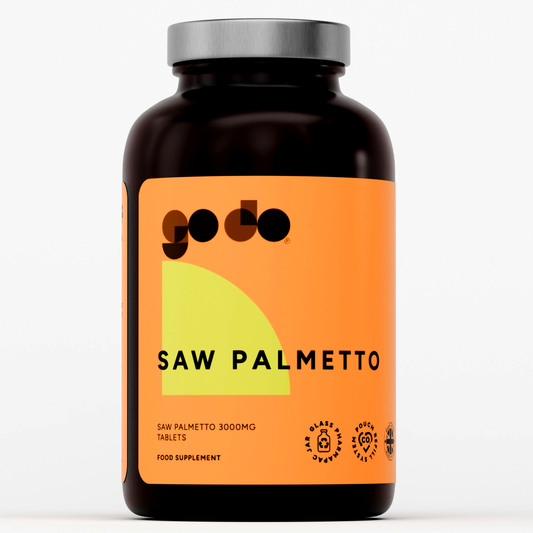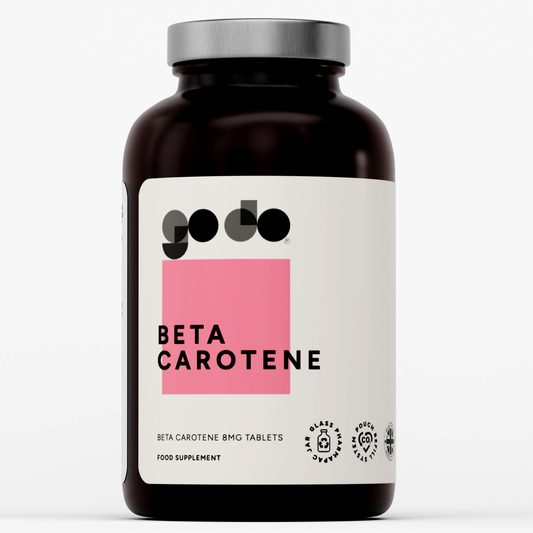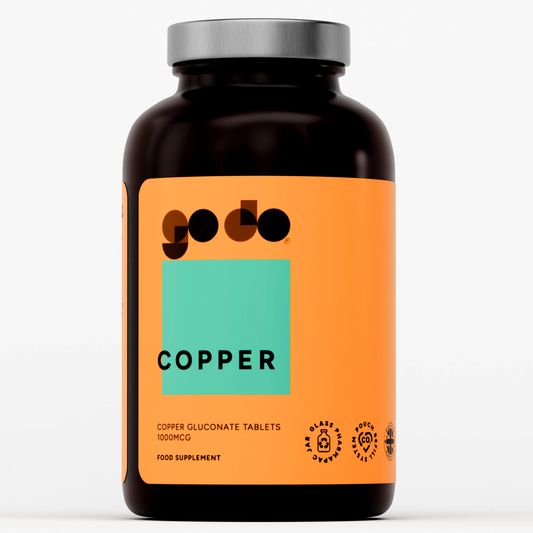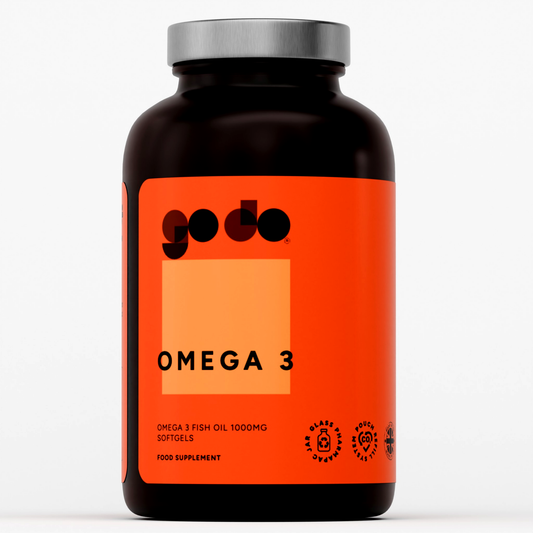Breaking Down the 100 Meter Freestyle World Record: A Complete Guide
Introduction to the 100m Freestyle World Record
The 100m freestyle world record is a highly coveted title in the swimming world, with Pan Zhanle of the People's Republic of China currently holding the record at 46.40 seconds, a remarkable achievement in Olympic history. The first world record in the 100m freestyle was recognized by FINA (now World Aquatics) in 1905, marking the beginning of over a century of intense competition in this prestigious event. Today, swimmers from around the world, including countries like Australia, China, and the United States, strive to break the 100m freestyle world record and claim elite status. The world record progression in the 100m freestyle has been consistently lowering over the years, with improvements in training methodology, swimwear technology, and pool design contributing to faster times. The current world record, set by Pan Zhanle at the Paris 2024 Olympic Games, is a testament to the dedication, hard work, and exceptional talent required to reach this level.
Understanding the Freestyle World Record
Pan Zhanle's record of 46.40 seconds in the 100m freestyle is a significant achievement, breaking his own previous world record and solidifying his position as the world's fastest swimmer in this event, aiming for the gold medal . The freestyle world record is highly competitive, with swimmers like David Popovici of Romania and Kyle Chalmers of Australia pushing the boundaries of what is humanly possible. The world aquatics community recognizes the 100m freestyle as a premier event, with the World Championships and Olympic Games providing the ultimate platform for swimmers to compete. The history of the freestyle world record is marked by notable achievements, from the early pioneers who first broke the one-minute barrier to today's sub-47-second performances. Swimmers and coaches can analyze split times, stroke rates, and underwater phases to better understand the freestyle world record and identify areas for improvement in technique and strategy.
Evolution of Swimming Technology and Technique
The evolution of swimming technology has played a crucial role in the progression of the 100m freestyle world record, particularly with advancements in swimsuit design and materials over decades. The controversial polyurethane suits of 2008-2009 led to a surge of world records before being banned, resulting in new regulations that returned focus to athletic performance. Modern pool design, including deeper pools with lane rope technology and advanced starting blocks, has contributed to faster times by reducing water turbulence and improving reaction times. Underwater dolphin kicking techniques have evolved significantly, with swimmers now maximizing the 15-meter underwater allowance after starts and turns to gain competitive advantages over their opponents. Training methodologies have also advanced, incorporating sports science, biomechanics analysis, high-altitude training, and personalized nutrition plans to optimize swimmer performance and recovery for peak competition readiness.
Preparing for the Olympic Games
Preparing for the Olympic Games requires a combination of physical training, mental preparation, and strategic planning, as demonstrated in Pan Zhanle's journey to setting pan's record at Paris 2024. Swimmers must be in top physical condition, with a strong focus on building explosive power, sustained speed, endurance, and refined technique through years of dedicated training. Mental preparation is also crucial, with swimmers needing to develop strategies for managing pressure, visualization techniques, and maintaining focus under intense competition conditions and global scrutiny. Coaches and support teams play a critical role in helping swimmers prepare, providing guidance on periodized training plans, nutrition optimization, recovery protocols, and race strategy development. The Olympic Games provide a unique opportunity for swimmers to compete against the best in the world and push themselves to new heights in front of billions of viewers.
Key Components of a World Record Swim
A world record swim in the 100m freestyle requires exceptional performance across multiple components, starting with an explosive reaction time off the starting blocks, typically under 0.60 seconds. The dive entry and underwater phase are critical, with elite swimmers covering 10-15 meters underwater using powerful dolphin kicks before surfacing to minimize drag and maximize initial speed. The stroke technique must be nearly flawless, with optimal stroke rate (typically 50-60 strokes per minute), efficient catch and pull phases, and minimal body rotation to maintain velocity throughout. The turn at the 50-meter mark is crucial, requiring a fast flip turn, strong push-off, and another powerful underwater phase to maintain momentum into the second half. The final 25 meters demand exceptional conditioning and mental toughness to maintain speed despite lactic acid buildup, with world-class swimmers able to finish strong rather than fade significantly.
Achieving Success in the Swimming World
Achieving success in the swimming world requires a long-term commitment to training and development, often beginning in childhood and continuing through years of progressive skill building and competitive experience. Swimmers must be willing to put in the time and effort required to build their skills and endurance, typically training 20-30 hours per week at elite levels. Setting specific, measurable goals and tracking progress is essential, with swimmers needing to stay focused and motivated over the long term despite setbacks, injuries, and intense competition. The support of coaches, family, and friends can make a significant difference in a swimmer's journey, providing encouragement, resources, and emotional support throughout the challenging path. Ultimately, achieving success in the swimming world requires a combination of natural talent, hard work, dedication, perseverance, strategic planning, and an unwavering passion for excellence in the sport.
Notable Swimmers in 100m Freestyle History
The history of the men's 100m freestyle world record includes legendary swimmers who have pushed the boundaries of human performance over the past century and inspired generations. Johnny Weissmuller, who later became famous as Tarzan, was one of the first great freestyle swimmers, breaking the one-minute barrier in 1922 with his revolutionary technique. Australian swimmers have dominated periods of the event's history, including names like Dawn Fraser (women's), Ian Thorpe, and more recently Kyle Chalmers, showcasing Australia's swimming prowess and development programs. American swimmers like Mark Spitz, Matt Biondi, and Caeleb Dressel have also left their mark on the event, combining speed, power, and technical excellence at Olympic Games. Pan Zhanle's recent achievement continues this legacy, representing China's emergence as a swimming powerhouse and demonstrating the global nature of competitive swimming excellence today.
Training Regimens for Elite Swimmers
Elite 100m freestyle swimmers follow rigorous training regimens that combine high-intensity sprint work, endurance building, strength conditioning, and technical refinement throughout their competitive seasons and careers. A typical training week includes multiple pool sessions focusing on different aspects: sprint sets, race-pace work, underwater training, starts and turns practice, and longer aerobic swims for base conditioning. Dryland training is equally important, incorporating weight training for explosive power, plyometric exercises for fast-twitch muscle development, core strengthening, and flexibility work to prevent injuries and optimize performance. Recovery is a crucial component often overlooked by casual observers, including adequate sleep (8-10 hours), nutrition timing, massage therapy, ice baths, and active recovery sessions to allow the body to adapt. Periodization structures the training year into different phases—base building, competition preparation, tapering, and recovery—to ensure swimmers peak at the most important competitions like World Championships and Olympic Games.
The Role of Nutrition and Recovery
Nutrition plays a vital role in supporting the intense training demands of elite 100m freestyle swimmers, requiring carefully calculated macronutrient intake to fuel performance and support recovery from grueling workouts. Swimmers typically consume 4,000-8,000 calories daily depending on training volume, with emphasis on high-quality carbohydrates for energy, lean proteins for muscle repair, and healthy fats for hormonal function. Hydration is critical despite being surrounded by water, as swimmers can become dehydrated during intense training sessions, requiring consistent fluid intake before, during, and after workouts to maintain performance. Recovery nutrition timing is crucial, with swimmers consuming protein and carbohydrates within 30-60 minutes after training to optimize muscle glycogen replenishment and protein synthesis for adaptation and growth. Sleep quality and quantity cannot be overstated, as growth hormone release, tissue repair, and neural recovery occur primarily during deep sleep phases, making 8-10 hours of quality sleep essential.
Mental Preparation and Race Strategy
Mental preparation is often the differentiating factor between good swimmers and world record holders, especially in the heat requiring development of psychological skills, visualization techniques, and stress management strategies for peak performance under pressure. Elite swimmers work with sports psychologists to develop pre-race routines, manage competition anxiety, maintain focus during high-stakes races, and build confidence through positive self-talk and mental imagery of successful performances. Race strategy for the 100m freestyle is critical despite the event's short duration, involving decisions about pacing, when to breathe, underwater distance off starts and turns, and energy distribution. Swimmers must learn to balance an aggressive start and first 50 meters with maintaining enough energy to finish strong in the final 25 meters when competitors often fade. Studying competitors' strengths, weaknesses, and typical race patterns allows swimmers to develop tactical approaches that maximize their chances of victory and potentially breaking world records when conditions align.
Conclusion and Future of the 100m Freestyle
The 100m freestyle world record will continue to be pushed lower, and it's important to note that swimming technology, training methods, and human performance capabilities advance through scientific research and innovation over coming decades. Pan Zhanle's current record of 46.40 seconds represents the pinnacle of human swimming achievement today, but history suggests this mark will eventually fall to future generations of swimmers. The question of human limits in swimming remains open, with debate among experts about whether times can continue dropping indefinitely or if we're approaching physiological boundaries that cannot be overcome. Emerging swimming nations are developing stronger programs, increasing global competition and the pool of talented athletes who might challenge for world records in future Olympic Games and World Championships. The 100m freestyle will remain one of swimming's most prestigious events, capturing public imagination and inspiring young swimmers worldwide to pursue excellence in this ultimate test of speed in water.








